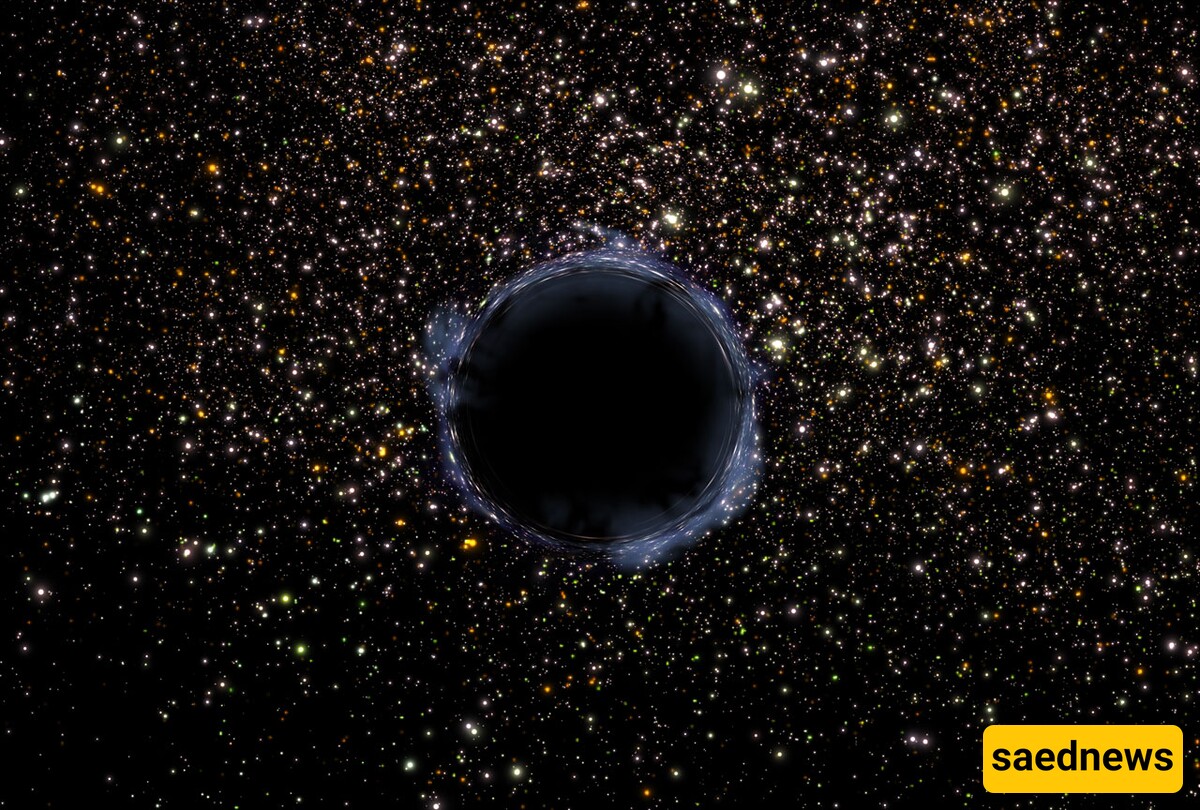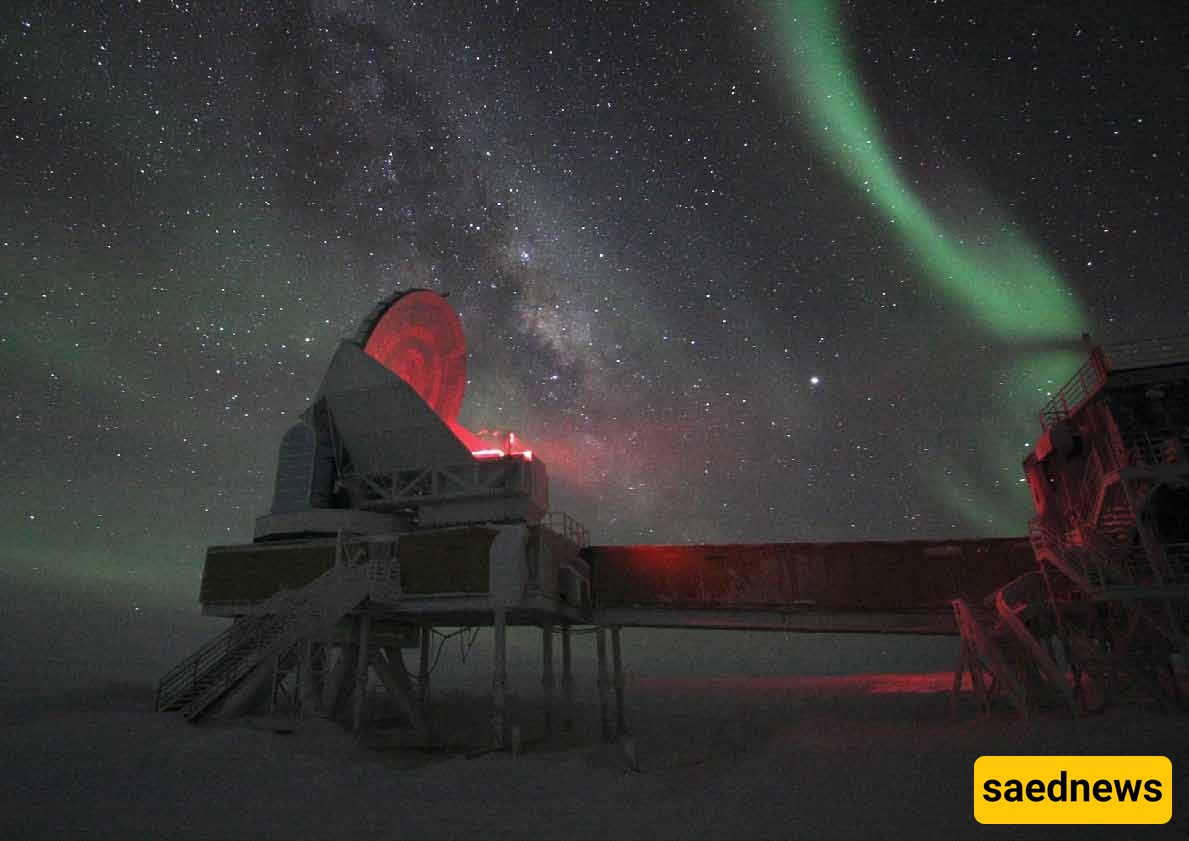SAEDNEWS: This year brought monumental discoveries in astronomy, from unraveling black hole mysteries to detecting new exoplanets. These advancements are reshaping our understanding of the cosmos and inspiring further exploration.

According to SAEDNEWS, the past year has been monumental for astronomy, with cutting-edge technologies unlocking the mysteries of our universe. From the origins of galaxies to the nature of black holes and the search for habitable planets, these discoveries mark a new era in space exploration.

The James Webb Space Telescope (JWST) delivered stunning images of galaxies that formed just a few hundred million years after the Big Bang. These observations suggest that galaxy formation occurred faster than previously believed, challenging established models.
Detailed analyses of the cosmic microwave background (CMB)—the universe’s oldest light—offered new clues about the distribution of matter and energy in its infancy. These findings refine our understanding of how the universe expanded and evolved.

For the first time, astronomers accurately measured the spin of a supermassive black hole. These measurements provide valuable insights into black hole growth and their influence on surrounding galaxies.
Groundbreaking observations revealed the mechanisms behind black hole jets—high-energy streams of matter and radiation. These findings are vital for understanding how black holes impact their cosmic environments.
Discovery of Habitable Zone Planets
This year saw the identification of several Earth-like exoplanets orbiting within their stars’ habitable zones. These discoveries increase the likelihood of finding planets that could support life.
Atmospheric Analysis of Exoplanets
Advanced spectroscopy allowed scientists to study exoplanet atmospheres in detail. Detecting water vapor, carbon dioxide, and methane provided critical information about their potential habitability.
Intense Solar Activity Recorded
The Sun entered an active phase, producing powerful solar flares and coronal mass ejections. These observations are helping scientists refine space weather predictions, which are crucial for protecting technology on Earth.
Discoveries in the Kuiper Belt
Studies of the Kuiper Belt, a region beyond Neptune filled with icy objects, yielded fresh insights into the solar system’s early history. Observations of dwarf planets and smaller bodies continue to expand our knowledge.
Innovations in Telescope Design
New telescopes, both ground-based and in orbit, provided sharper images and detected phenomena previously beyond our reach. These tools enabled discoveries related to dark matter, distant galaxies, and transient events.
Artificial Intelligence in Space Science
AI revolutionized data analysis in astronomy, identifying exoplanets, mapping galaxies, and detecting supernovae faster and more efficiently than ever before.

International collaborations, like the Event Horizon Telescope project, brought together scientists from across the globe to produce stunning black hole images and detailed cosmic maps.
Lunar exploration and asteroid retrieval projects highlighted the growing global effort to study celestial bodies. These initiatives underscore the importance of international cooperation in space research.
This year’s discoveries have deepened our understanding of the universe and demonstrated the power of advanced technology and global teamwork. As new tools and missions take flight, the coming years promise even greater strides in uncovering the universe’s secrets.

